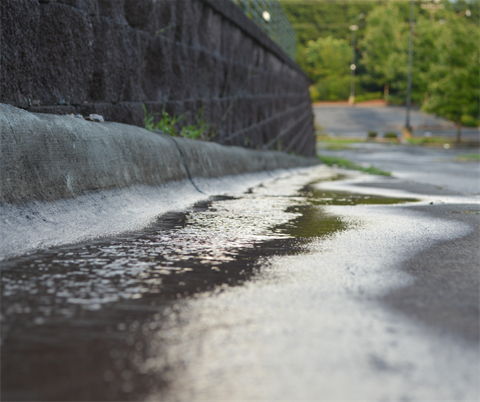Stormwater

Stormwater is rainwater plus anything the rain carries along with it. In urban areas, rain that falls on the roof of your house, or collects on paved areas like driveways, roads and footpaths is carried away through a system of pipes that is separate from the sewerage system. Washing cars on roads, fertilising of lawns, littering and pet droppings all have the potential to degrade the water quality as they pass through our stormwater system. Pollutants arising from such activities are ultimately discharged into our waterways causing devastating impacts on aquatic ecosystems as well as leaving a trail of visible litter.
Unlike sewage, traditionally, stormwater has not been treated. In some cases it is filtered through stormwater treatment measures, usually located at the end of the pipe system, but it still flows directly from streets and gutters into waterways inhabited by fish, frogs and other aquatic animals and plants.
The natural landscape and land use pattern has great influence on both the quantity and quality of stormwater. Effective stormwater management, which minimises the likelihood of damage to the environment, can be achieved by reducing the pollutant load transported by stormwater and the quantity of stormwater generated.
Council provides a stormwater drainage network to manage the quantity and quality of stormwater flow in urban areas in a safe, efficient and environmentally friendly manner.
The network comprises the following assets:
- Stormwater pipes.
- Stormwater pits.
- Box culverts.
- Pipe culverts.
Council is also responsible for managing, monitoring and maintaining the physical condition of network assets, for setting standards for the construction of new stormwater assets and for ensuring the safe and effective functioning of the stormwater network as a whole.